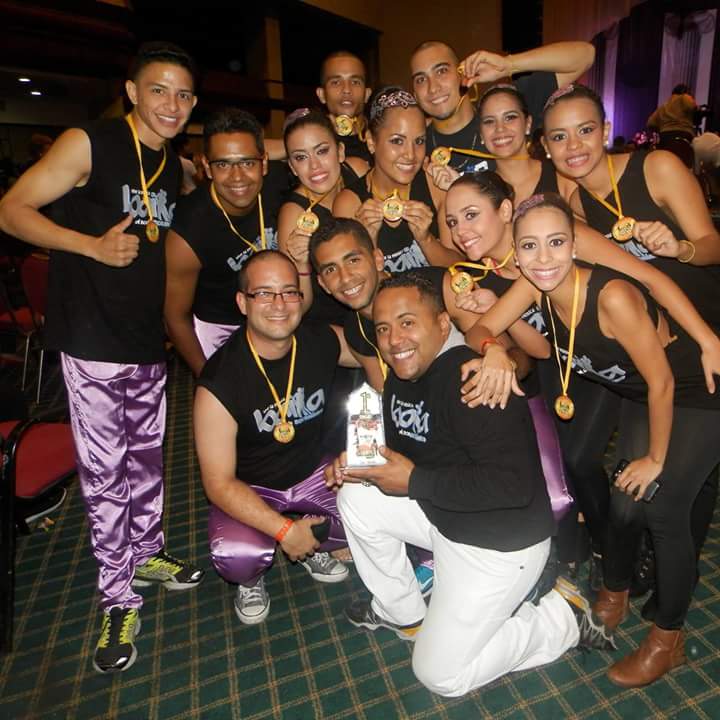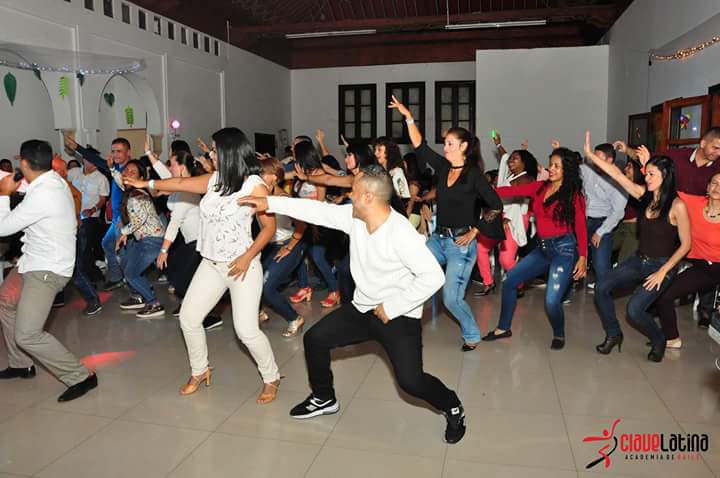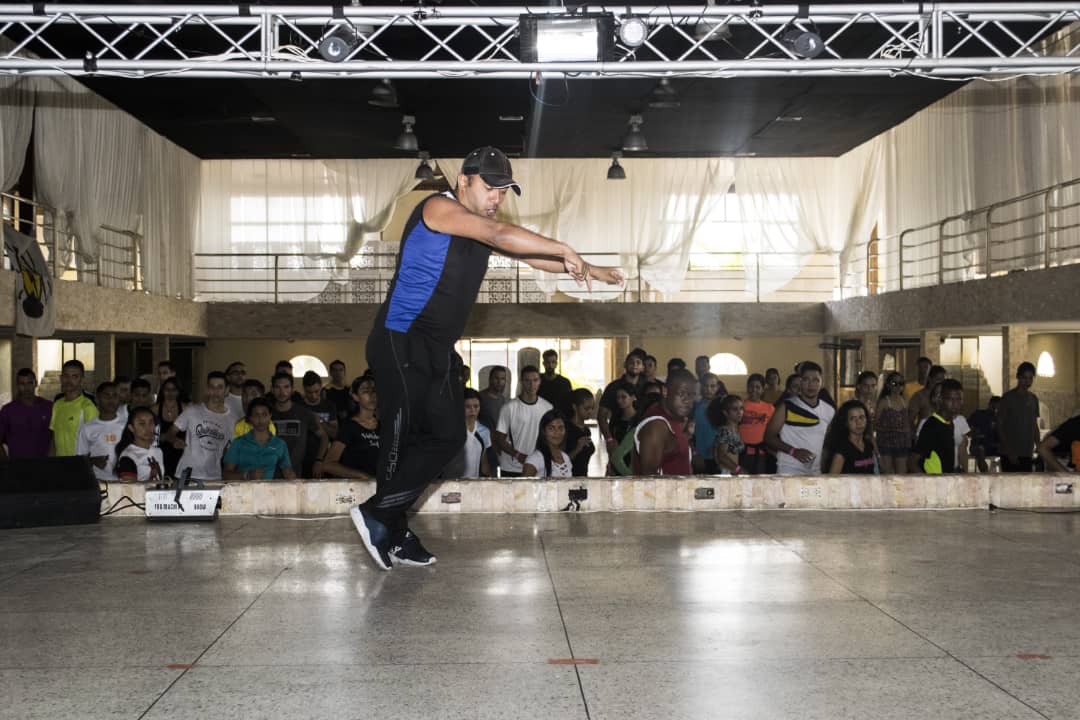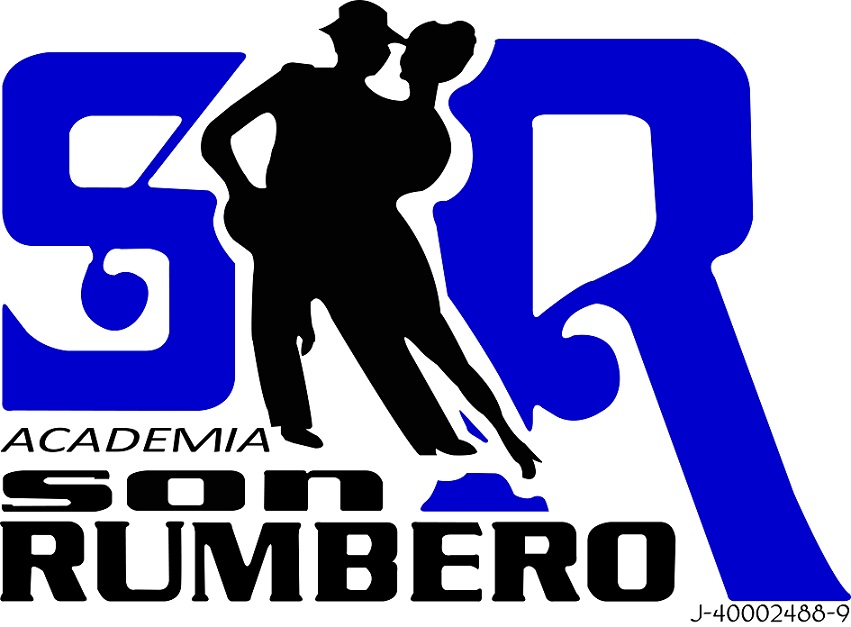Latin America / Colombia / Bogota
Son Salome, a name governed by the main genre of Cuban popular music, Son, and the memory of the great Poet/Writer Lou Andreas-Salomé, is defined as a Bar with a dance floor, also defined as a large disco, open to lovers dance, connoisseurs of good Latin music as well as for those who wish to attend to enjoy the right environment for a night of guaranteed enjoyment, with first class attention offers visitors a high level of security, highly trained staff , which seeks to provide a space for enjoyment.

During my visit I was able to enjoy the best options in services, cocktails, drinks and first-class drinks, the reference given by the famous Chepe, owner and personality of the city’s salsa world, was to enjoy the specialty, the Cuban Mojito, a house cocktail that will take you to visit the Island of Cuba without getting up from your seat.
This great bar offers us a varied itinerary during the weekends, starting with Cuban music on Thursdays where you could coincide with large groups, on Fridays with the best DJs in the country closing on Saturdays and Sundays with great salsa, Cuban and even beautiful folklore of the country, singers or musicians of the first gala will make your stay a night class moment.

With 34 years of foundation, Son Salome offers a well-distributed place, with a large space to dance or enjoy a good group, a first-class toilet and, above all, an open space to spend a beautiful evening. We can only recommend you to visit Son Salome located in the center, a few meters from the main means of transport in the city, the Transmilenio at its Aguas station, exactly on Calle 19 # 4-20, in a sector called to be the future of Bogotá, due to the number of constructions that are currently under development, opens continuously from Thursday to Sunday from 6:00 pm, you can learn a lot about this beautiful place through the social networks:
Facebook, Instragam and Google through Son Salome, the Latin reference number 1 in the city.

For more information contact them through:
- Facebook: https://www.facebook.com/sonsalome / https://www.facebook.com/pages/SonSalom%C3%A9-Caribe/1396835567299952
- Phones: +57 2432506 / +57 3005707722
















